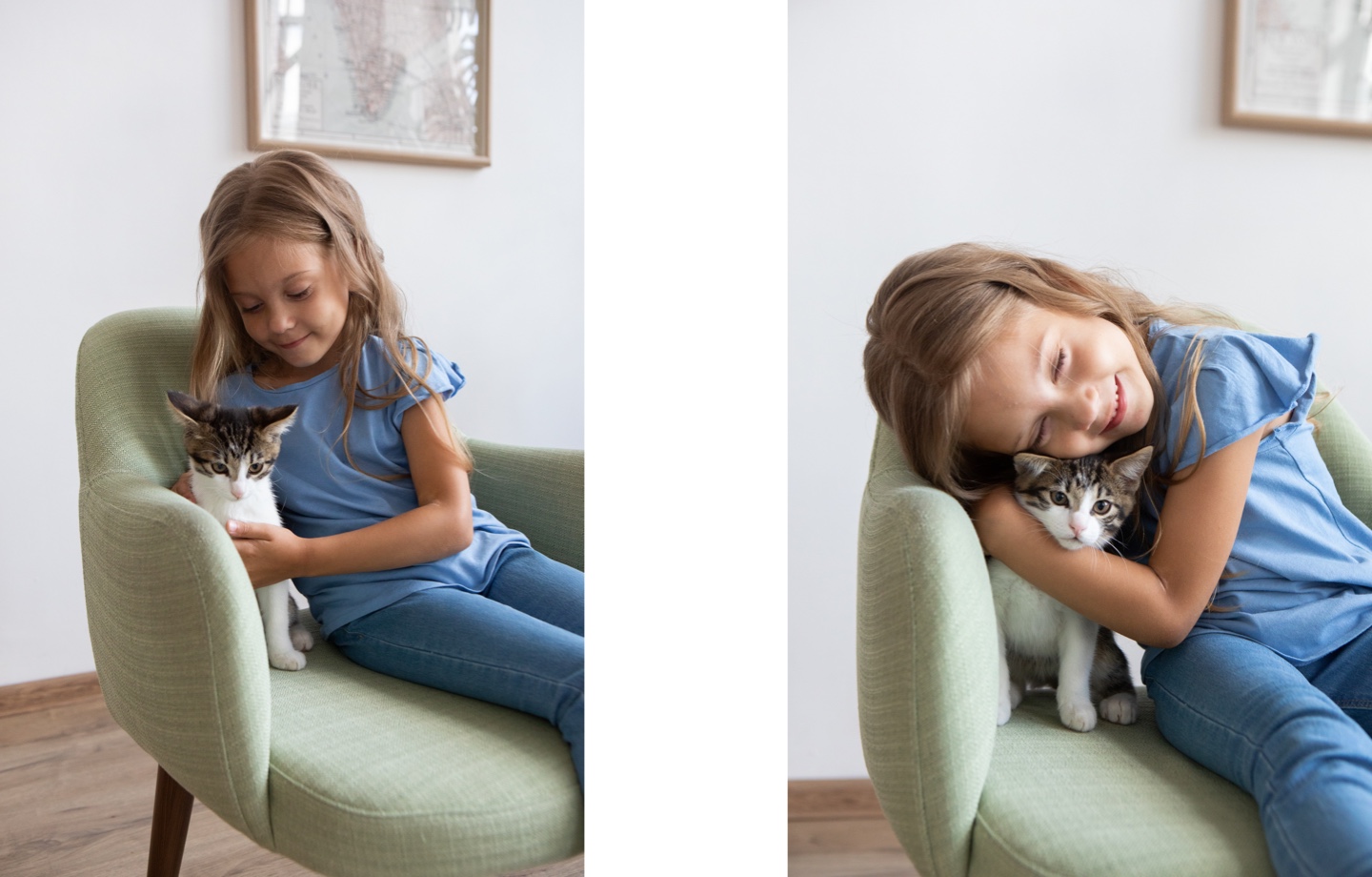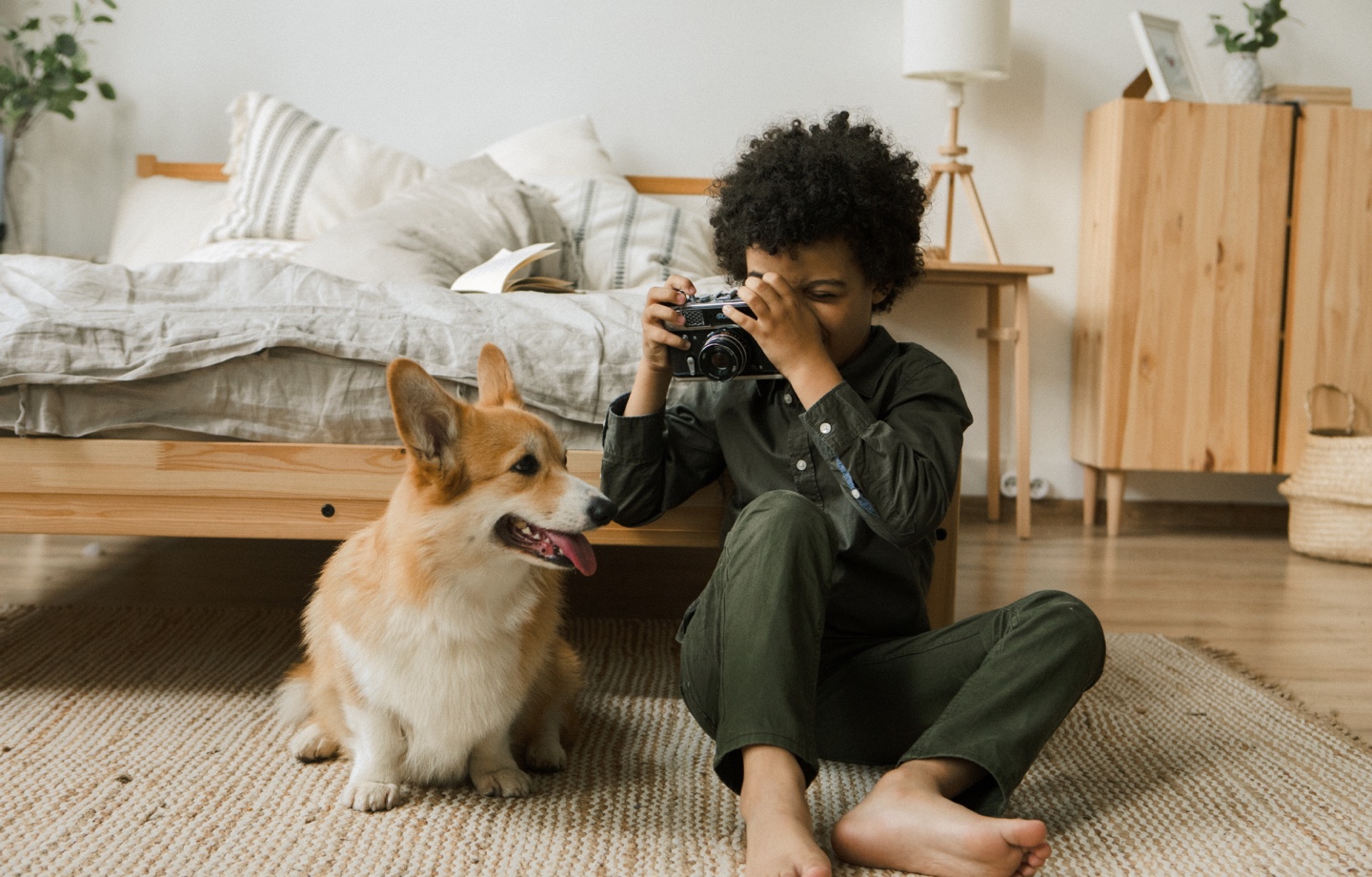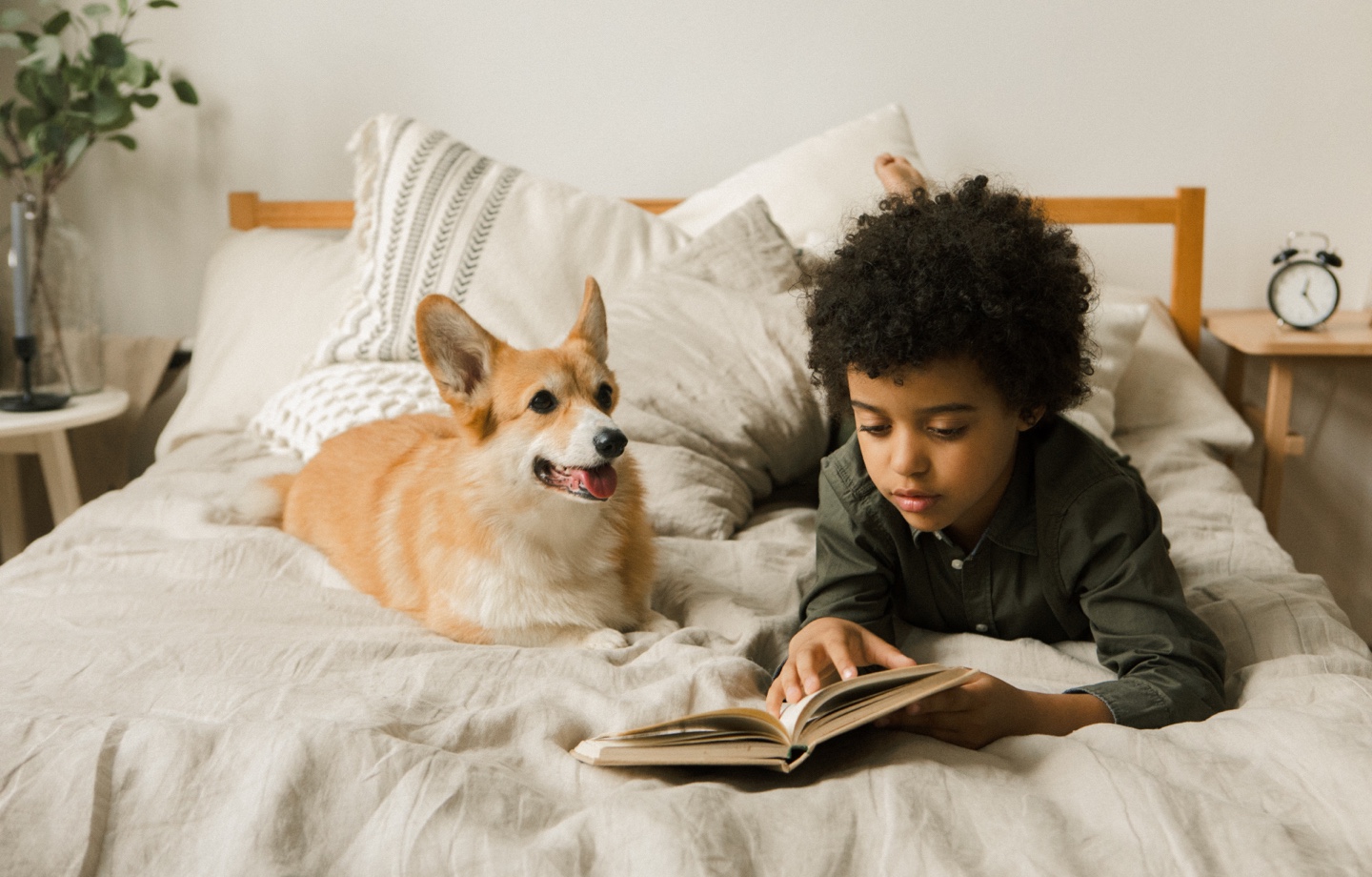Amid a youth mental health crisis, the case for supporting the child-animal connection is stronger than ever.
In 2001, Gail F. Melson, Ph.D, now professor emeritus of child development and family studies at Purdue University and a leader in the field of Human-Animal Interaction, entered uncharted academic territory. She had just published Why the Wild Things Are — the first book to examine the developmental significance of children’s connection to animals — in a field where the child-animal connection was, as Dr. Melson writes, “under-researched, underestimated, and underutilized.”
Why the Wild Things Are draws on the history of child development theory and research, as well as children’s media, to examine the impacts pets have on children’s use of animals as symbols in exploring, clarifying, and reflecting different facets of the self.
In the decades that followed the book’s publication, the idea of human-animal interaction found its place within the framework of developmental psychology. Today, amid an alarming rise in youth mental health issues, the social-emotional benefits of exposure to animals are becoming increasingly studied and accepted.
While studies show mixed results — and a correlation between pet ownership and socioeconomic advantage — children who interact with animals exhibit higher levels of self-esteem, empathy, and social skills. For neurodivergent children whose brains think, learn, and process information differently from what is generally considered “typical,” research shows that human-animal interaction, particularly with pets, can significantly relieve stress, reduce feelings of loneliness, and ease social interactions for both children and their families.
But positive interactions and the subsequent impacts don’t necessarily come naturally. Dr. Melson notes that parents and other family members play a critical role in helping children benefit from having a pet. It’s important that adults help children develop an understanding of an animal’s needs and supervise care and play.
Here are four ways pets can influence child development.

Read more: Should You Let Your Dog Sleep On Your Bed?
A 2017 study cites growing evidence that animals, particularly household pets, are capable of providing qualities of secure human attachment, including a “safe base” where a child can comfortably explore their environment. Once a child and animal have bonded, caring for that pet provides the experience of being responsible for another living being, which supports greater sensitivity toward the needs and emotions of others and promotes future prosocial behavior.
Interactions with pets also offer an opportunity to teach about empathy explicitly, especially when it comes to how children physically interact with pets. For example, if a toddler has a habit of pulling the dog’s tail, parents can model and reinforce gentle touch. For older children, that reinforcement can include a reminder that animals have feelings that need to be respected, just like they do.
Experiencing love and connection with a pet can be incredibly helpful for children during times of insecurity or self-doubt. Feelings of self-esteem and self-worth are particularly beneficial for kids who are managing anxiety, depression, behavioral problems, or educational challenges. One literature review found evidence for a connection between pet ownership and a number of emotional health benefits, noting that “companion animals have been found to rival and even surpass human ability to provide important self-object needs, such as self-cohesion, self-esteem, calmness, soothing, and acceptance.”
Children often perceive pets as nonjudgmental and fully accepting, sometimes more so than their human family members. “Pets help children feel less lonely, more validated and accepted, and more ‘heard,’” writes Dr. Melson in a 2017 article for Psychology Today.

Read more: 5 Ways to Naturally Reduce Stress and Anxiety
The Human-Animal Bond Research Institute notes that the “mere presence of a family pet during childhood can increase emotional expression and control in children,” helping them regulate difficult emotions like anger, loneliness, or grief. In one study, parents reported stories of a family dog providing a buffer during a heated argument between siblings, or helping a child navigate intense emotions after the loss of a family member. Pets can also help children learn to convey and decipher non-verbal communication, which improves emotional understanding and expression.
Whether kids grow up with a family pet or a dog periodically visits their classroom, studies show that exposure to animals in childhood correlates with a lower rate of anxiety. When Dr. Melson asked a group of five-year-olds with family pets what they did when they felt sad, angry, afraid, or when they had a secret to share, more than 40 percent mentioned their animals.
The unconditional love and support children feel from animals provide multiple avenues of emotional support, from sensory and nervous system regulation through physical touch to mental distraction, offering something to focus on other than themselves. “Kids who get support from their animal companions were rated by their parents as less anxious and withdrawn,” says Dr. Melson.
However, Dr. Melson acknowledges that pets aren’t always practical for families, and notes children don’t necessarily have to have a pet to experience the benefits of the human-animal connection. “When children participate in growing household plants or outside gardens or feed wild birds at a birdfeeder, they are learning to understand the needs of other living beings and how to meet those needs,” she says.
“Rather than viewing fascination with animals as a childish thing that maturation puts aside, we might see children’s attunement to animals as nature’s gift to our species,” writes Dr. Melson in the last chapter of Why the Wild Things Are. “… Instead, childhood should become a time of deepening connection, a time when respectful interest builds on children’s intuitive reaching toward animal life.”

Read more: How to Help Your Child Connect With Nature
Have feedback on our story? Email [email protected] to let us know what you think!

Shop Pillows
The Essential Organic Pillow Collection
Gentle, breathable, non-toxic support.







